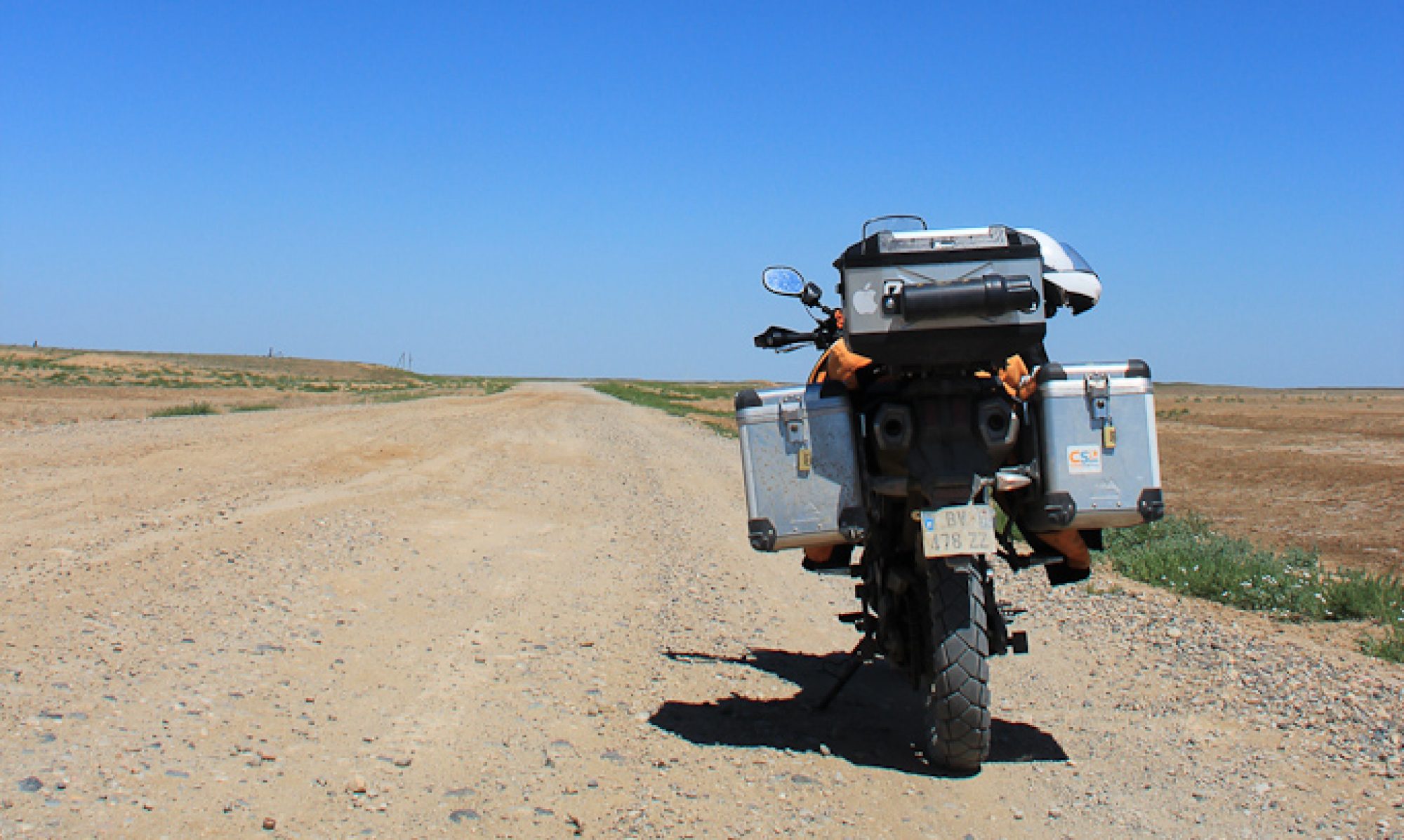I felt it for the first time in Humahuaca. I had been riding through the beautiful, what do I say, stunningly beautiful, Northwestern tip of Argentina. Purmamarca, Tilcara and finally Humahuaca to settle for the night. The days were warm enough, very warm even and the scenery just impossibly colorful.
But when night fell, it was time to hide away. Time to crawl under a blanket as fast as possible and don’t go out until morning. Yes, I was getting closer to the Equator, the weather could only get warmer, but at the same time, I was climbing higher and higher in altitude. The nightly chill followed me into Bolivia and though the scenery was getting even more beautiful (Bolivia is kind of the undiscovered beauty of South America), it was getting colder and colder. On my way to Uyuni, night caught me in a smallish town called Atocha. Over time, I’ve created a category for this kind of town, I call it « ghastly little mining towns ». They give you a much deeper insight of life in the country outside of the tourist circuit but the regular comforts that I’ve come to expect from city life are non-existent. I checked-in at the better looking *hotel* without even realising that the name meant that it was right next to the train tracks.


Eventually I woke up the next day in good enough health to ride to Uyuni and enjoy the incredible views of the altiplano. I almost didn’t survive the electrically heated shower (proper insulation being one of those comforts we’ve come to expect from civilisation) but that’s just a small detail.
The scarcity of oxygen was playing some tricks on me and at some point of that beautiful ride through the high plains, my wondrous steed and I found ourselves moving at different speeds and both with the wrong parts of our bodies touching the ground. I, slowly dragging with my ass on the ground and her sliding on one of the panniers. None of us were badly hurt but it was sobering. I should be more careful when I’m lacking oxygen. Also, sand was involved; I hate sand.



It’s getting late and I ride to Colombia tomorrow so the rest of this post will just be pictures of other beautiful places where I froze my ass. Suffice it to say that I was getting tired of being cold and breathless (for lack of oxygen) but stayed at high altitude because, paradoxically, I didn’t want to miss any of the breathtaking scenery that Bolivia has to offer. Also, because most of Bolivia isn’t very close to the sea.






















